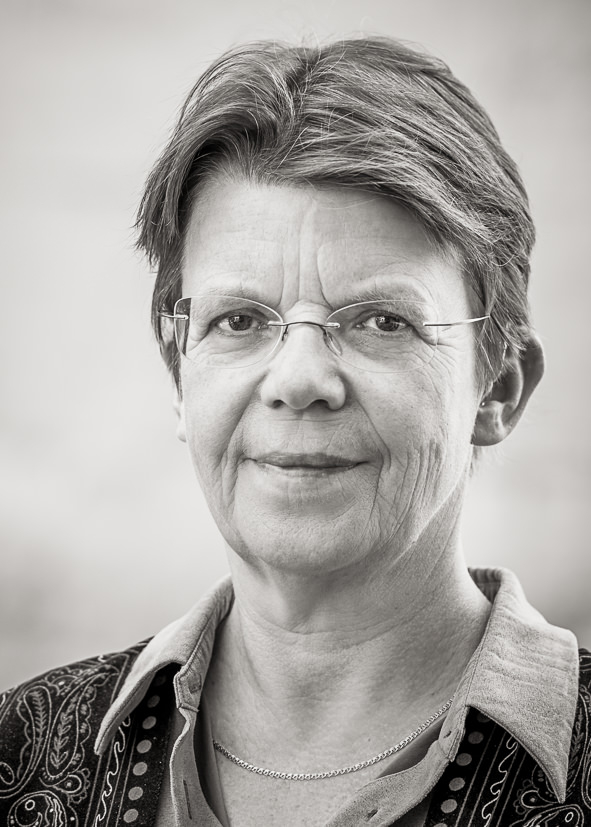Gastkommentar: Das geltende Promotionsrecht verstärkt soziale Ungleichheiten
Wissenschaftskarrieren leben von vielfältigen Blicken auf unsere Welt. Von Promovierenden würde man erwarten, dass sie spätestens nach dem Master flügge werden und sich über ihre Alma Mater hinaus umsehen nach interessanten Projekten mit Promotions¬perspek¬tive.
Ein exemplarischer Blick auf die Promovierendenstatistik in Berlin ist allerdings ernüchternd (bundesweit liegen solche Detailauswertungen noch nicht vor): Von den insgesamt 10.400 im Jahr 2019 gemeldeten Promovierenden der drei großen Berliner Universitäten sind 40 Prozent einfach an ihrer Alma Mater geblieben. Weitere 7 Prozent haben ihren zur Promotion berechtigenden Abschluss ebenfalls in Berlin, aber an einer der zwei anderen Universitäten gemacht. Ein Grund für diese erstaunliche Sesshaftigkeit ist wohl, dass die dort Lehrenden ihren potenziellen Nachwuchs bereits im Studium informell rekrutieren, wie bereits frühere Analysen zeigten.
Die Kehrseite ist, dass so kaum Platz bleibt für Promotionsinteressierte mit HAW-Abschluss. Denn schaut man weiter in die Details der Statistik, kommen 27 Prozent der in Berlin Promovierenden aus dem Ausland. Dagegen ist nichts einzuwenden. Im Gegenteil: Berlin braucht Internationalität. Ebenso gelingt es Kandidaten anderer deutscher Universitäten, die begehrten Promotionsplätze zu erhalten: 18 Prozent kommen von teils sehr namhaften Unis aus ganz Deutschland. Zieht man aber jetzt auch noch die nicht spezifizierbare Gruppe der „Sonstigen“ ab, bleibt wenig übrig. Nämlich genau 3 Prozent. Davon kommen 2 Prozent aus anderen Bundesländern. Das bedeutet: Nur 1 Prozent der Promovierenden in Berlin kommt von den landeseigenen HAW. Und das, obwohl 30 Prozent aller Berliner Masterabsolventen ihren Abschluss an den HAW machen!
Das ist ein bildungspolitisches Armutszeugnis. Aus den Sozialerhebungen weiß man, dass an den HAW der Anteil Studierender aus einer Familie, in der Vater und Mutter ein Hochschulstudium abgeschlossen haben, etwa halb so groß ist wie an Universitäten. Den HAW-Talenten bleiben also die Netzwerke der Universitätsabsolventen verschlossen. Und ohne Promotion keine Professur.
Ein HAW-Promotionsrecht für forschungsstarke Bereiche und für solche, bei denen es an Universitäten kein Forschungsgebiet gibt, ist daher auch aus Gründen der sozialen Gerechtigkeit überfällig.
Prof. Dr. Anne König ist Vorsitzende des Hochschullehrerbundes Landesverband Berlin e.V. und Professorin für Betriebswirtschaftslehre an der BHT
Vgl. auch: https://newsletterversand.zeit.de

How to become professor at universities of applied sciences (UAS)
Humbold Graduate School, 20. Juni 2024
Career goal UAS professorship - for some of you this may be a "plan B". For me, it is a dream job. After many years in business, I never thought I would have so much freedom and such varied opportunities, not only in research and teaching, but also in designing new lecture content and even in setting up new degree programmes.
Young talent is needed - in numbers: We have four state universities and four state UAS in Berlin. If you include the private universities, each type of higher education institution have a good 2.000 positions. Since the average age of first appointment is 42, you can quickly do the maths: 2000 divided by 25 years of activity equals 80 vacancies at the UAS in Berlin per year.
What does the applicant situation look like? Let me briefly explain my background. I was chair of 10 appointment committees and rapporteur for over 30 suggestion lists across all disciplines.
I saw the highest number of applicants in an advert for our Studium generale – Economic and Social history, quite seltdom in UAS.
We also have a good number of applicants for maths professorships.
There are few applications in the field of economics,
And in computer science and engineering we sometimes have so few applications that we have so-called "one-lists". This means that we have only found one candidate who we are looking forward to working with.
What are the selection criteria?
As required by our ministry, we draw up a list of three and rank them according to the four criteria of the Berlin Higher Education Act § 100.
Here you can see a typical presentation as rapporteur to our Academic Senate. The list was compiled by the selection committee.
The three candidates A, B and C are ranked according to
the fit and grade of their degrees,
their pedagogical capability,
their scientific capability and
their special achievements in professional practice after their first degree.
In this quite typical example, the scientific capability of candidates B and C is higher than that of the list holder 1 - candidate A.
Ultimately, pedagogical capability and achievements in non-university practice are more important to us than the number of peer-reviewed journals or the grade oft he doctorate.
The paths taken by the colleagues we select in this way are very different. Of course, they need at least three years of professional career outside a university and a doctorate. However, whether the doctorate was completed after or before the professional practice or in parallel to it is ultimately irrelevant to us.
What is essential is enthusiasm for teaching and the ability to keep fit both academically and in terms of professional practice. Then it is a very enriching and constantly reinventing profession.
Science is always changing, practice is always changing too. And with it the teaching content and even entire degree programmes.
Thank you for listening, and I look forward to your questions.
